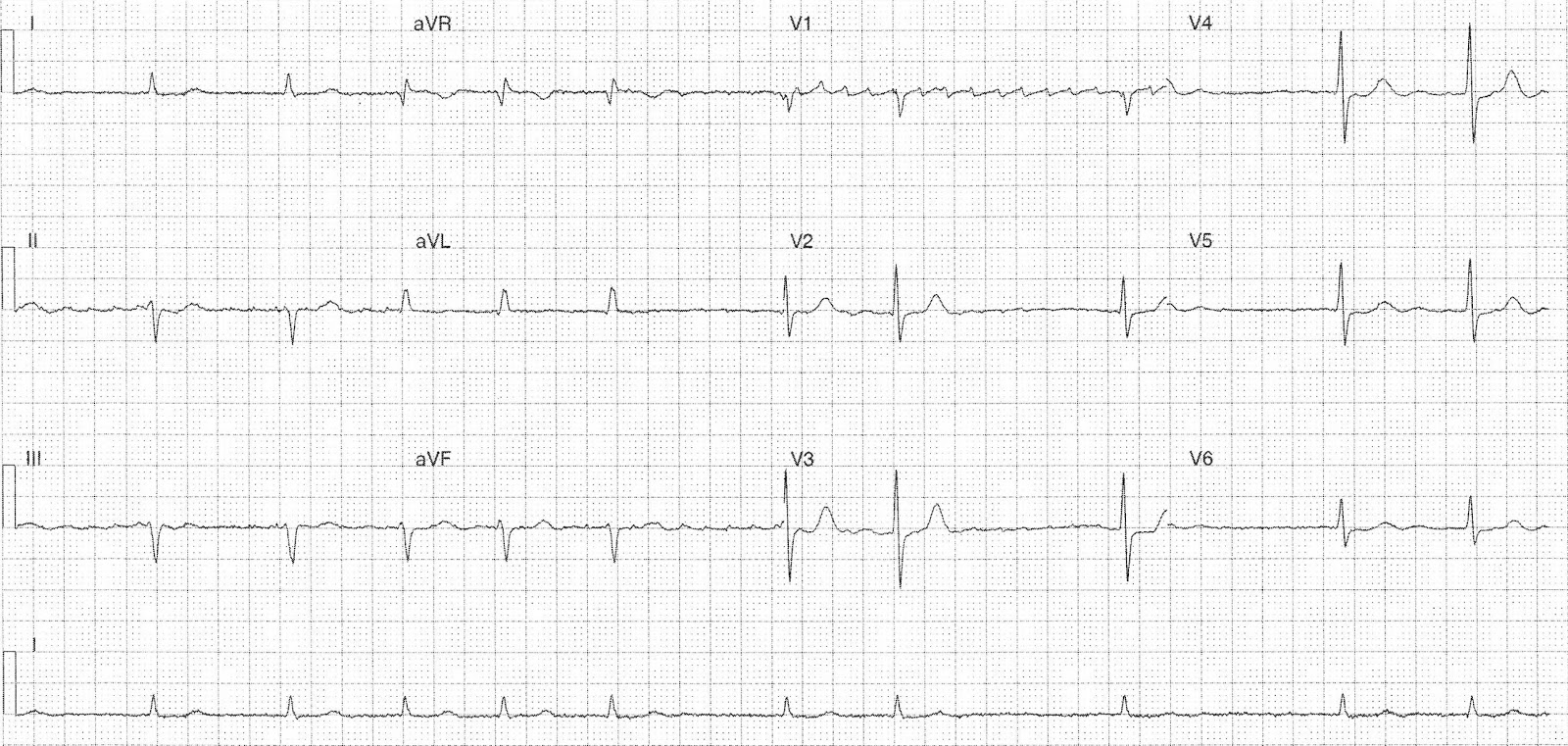


The retrograde impulse depolarizes the atria forming a repetitive, self-propagating circuit with a rapid and regular ventricular response. An episode of typical atrioventricular nodal reentrant tachycardia may be triggered by a critically timed premature atrial contraction that leads to retrograde conduction up the fast pathway from the atrioventricular node to the atria. 7 It typically involves dual electrical pathways, one slow and one fast. 5, 6 Atrioventricular nodal reentrant tachycardia is caused by a reentry circuit formed by the atrioventricular node and perinodal atrial tissue. 5 This type can present at any age but is more common in young adults and in women. The most common type of paroxysmal SVT is atrioventricular nodal reentrant tachycardia, accounting for about two-thirds of all cases. Catheter ablation has a high success rate and is recommended as the first-line method for long-term management of recurrent, symptomatic paroxysmal SVT, including Wolff-Parkinson-White syndrome. Clinicians should use a patient-centered approach when formulating a long-term management plan for atrioventricular nodal reentrant tachycardia. When evaluating patients for paroxysmal SVTs, clinicians should have a low threshold for referral to a cardiologist for electrophysiologic study and appropriate intervention such as ablation. Beta blockers and/or calcium channel blockers may be used acutely or for long-term suppressive therapy. In those who are hemodynamically stable, vagal maneuvers are first-line management, followed by stepwise medication management if ineffective. In patients who are hemodynamically unstable, synchronized cardioversion is first-line management. Acute management of paroxysmal SVT is similar across the various types and is best completed in the emergency department or hospital setting. Extended cardiac monitoring with a Holter monitor or event recorder may be needed to confirm the diagnosis. Diagnostic evaluation may be performed in the outpatient setting and includes a comprehensive history and physical examination, electrocardiography, and laboratory workup. Presenting symptoms may include altered consciousness, chest pressure or discomfort, dyspnea, fatigue, lightheadedness, or palpitations. Paroxysmal SVT, a subset of supraventricular dysrhythmias, has three common types: atrioventricular nodal reentrant tachycardia, atrioventricular reentrant tachycardia, and atrial tachycardia. Supraventricular tachycardia (SVT) is an abnormal rapid cardiac rhythm that involves atrial or atrioventricular node tissue from the His bundle or above.


 0 kommentar(er)
0 kommentar(er)
